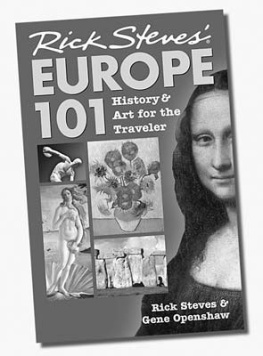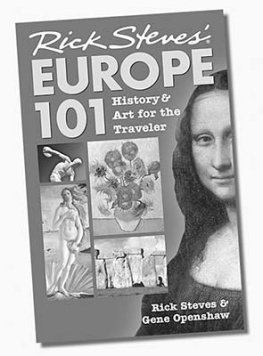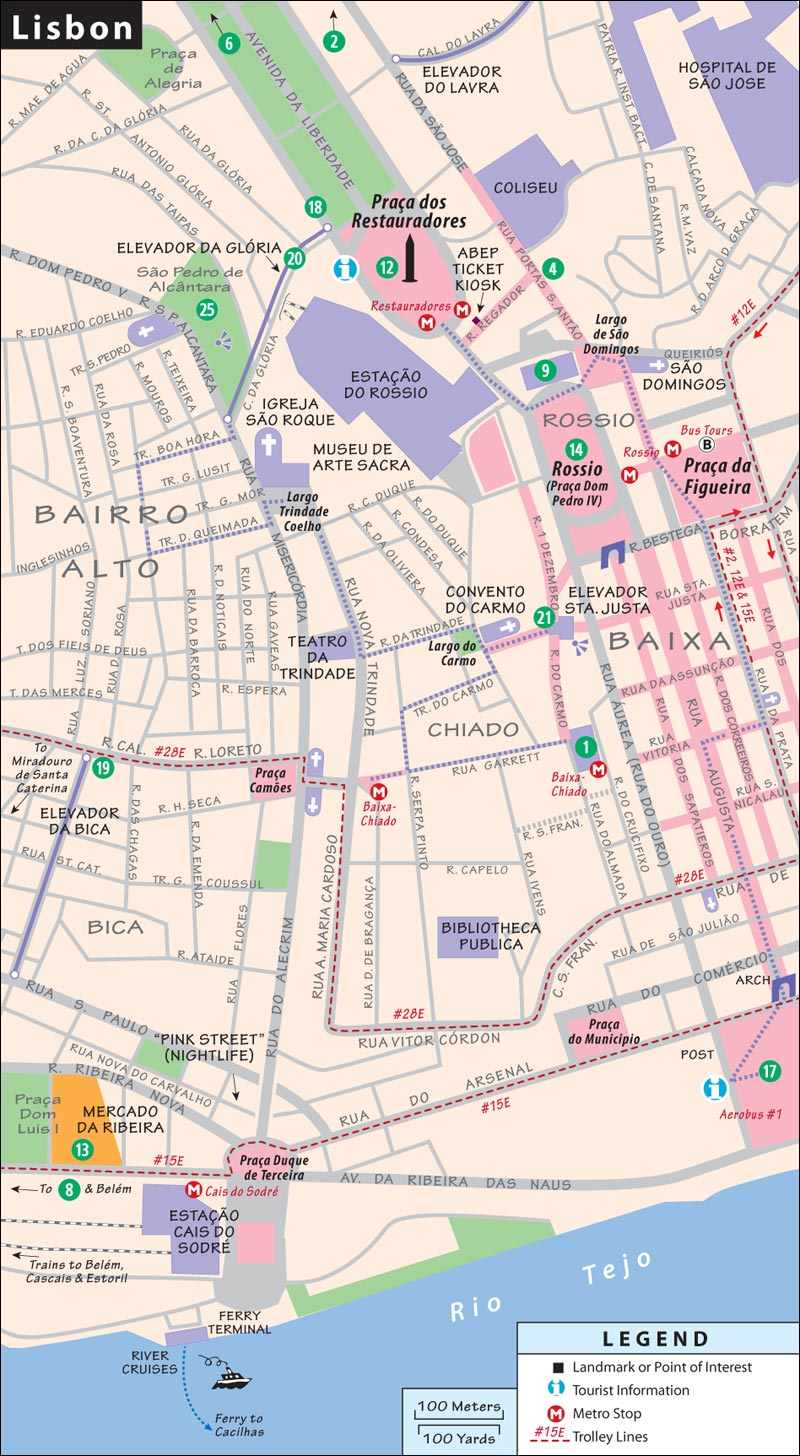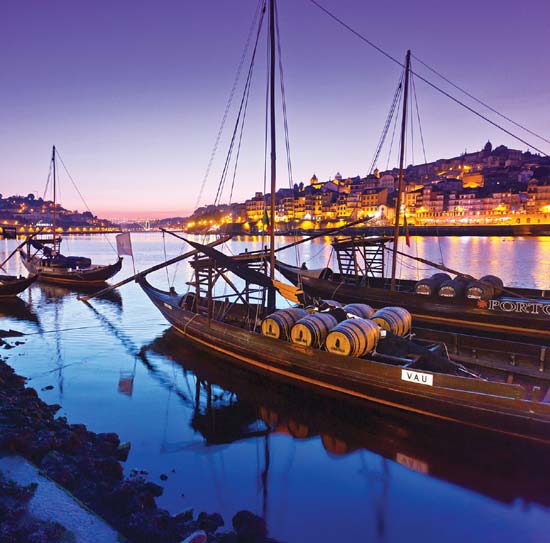Fadosongs of sadness and hope
Rick Steves
PORTUGAL
Tucked into a far corner of the Continent, Portugal is Western Europes least-touristed country. Its relative isolation preserves a traditional culture of widows in black and fishermen mending nets. Along with the old, youll find the modern, especially in the culturally rich capital of Lisbon and in the resort towns that rival Spains (but feel more authentic). If your idea of travel includes friendly locals (who speak a bit of English), exotic architecture, windswept castles, and fresh seafood with chilled wine on a beach at sunset... youve chosen the right destination.
In recent years, Portugal has experienced some economic success, thanks to its membership in the European Union. While Portugal is no longer a bargain basement for travelers, its still a good budget option compared to the tourist-mobbed destinations of Northern Europe.
This book breaks Portugal into its top big-city, small-town, and rural destinations, giving you all the information and opinions necessary to wring the maximum value out of your limited time and money. Experiencing Portugals culture, people, and natural wonders economically and hassle-free has been my goal for more than three decades of traveling, guiding tours, and travel writing. With this new edition, I pass on to you the lessons Ive learned.
While including the predictable biggies, this book also mixes in a healthy dose of Back Door intimacy. Youll eat barnacles with green wine, recharge your solar cells in an Algarve fishing village, and wax nostalgic over bluesy fado singing. This book is selective. For example, while there are plenty of Algarve beach towns, I recommend only the top stops: Salema and Tavira.
The best is, of course, only my opinion. But after spending half my adult life exploring and researching Europe, Ive developed a sixth sense for what travelers enjoy. Just thinking about the places featured in this book makes me want to hang out in a fado bar.
Use this legend to help you navigate many of the maps in this book.
Rick Steves Portugal is a personal tour guide in your pocket. This book is organized by destinations. Each destination is a mini-vacation on its own, filled with exciting sights, strollable neighborhoods, affordable places to stay, and memorable places to eat. In the following chapters, youll find these sections:
Planning Your Time suggests a schedule for how to best use your limited time.
Orientation includes specifics on public transportation, helpful hints, local tour options, easy-to-read maps, and tourist information.
Sights describes the top attractions and includes their cost and hours.
Self-Guided Walks take you through interesting neighborhoods, pointing out sights and fun stops.
Sleeping describes my favorite hotels, from good-value deals to cushy splurges.
Eating serves up a range of options, from inexpensive eateries to fancy restaurants.
Connections outlines your options for traveling to destinations by train, bus, or plane, plus route tips for drivers.
Portugal: Past and Present gives you a quick overview of Portugal, from its prehistoric beginnings to the issues it faces today.
Practicalities is a travelers tool kit, with my best travel tips and advice about money, sightseeing, sleeping, eating, staying connected, and transportation (trains, buses, car rentals, driving, and flights). Theres also a list of recommended books and films.
The appendix has nuts-and-bolts information, including useful phone numbers and websites, a festival list, a climate chart, a handy packing checklist, and Portuguese survival phrases.
Key to This Book
Updates
This book is updated regularlybut things change. For the latest, visit www.ricksteves.com/update.
Abbreviations and Times
I use the following symbols and abbreviations in this book:
Sights are rated:
| Dont miss |
| Try hard to see |
| Worthwhile if you can make it |
| No rating | Worth knowing about |
Tourist information offices are abbreviated as TI, and bathrooms are WCs. To categorize accommodations, I use a Sleep Code (described on ).
Like Portugal, this book uses the 24-hour clock for schedules. Its the same through 12:00 noon, then keeps going: 13:00, 14:00, and so on. For anything over 12, subtract 12 and add p.m. (14:00 is 2:00 p.m.).
When giving opening times, I include both peak season and off-season hours if they differ. So, if a museum is listed as May-Oct daily 9:00-16:00, it should be open from 9 a.m. until 4 p.m. from the first day of May until the last day of October (but expect exceptions).
For transit or tour departures, I first list the frequency, then the duration. So, a train connection listed as 2/hour, 1.5 hours departs twice each hour, and the journey lasts an hour and a half.

































